#pacific northwest farm
Text

Communities desperately need to return to feeding themselves locally instead of depending on mega corporations for sustenance, and nothing is more local than growing/hunting/fishing your food yourself.
Let's work together to reclaim our food sovereignty.
#pacific northwest#forest#woods#woodland#farm#farmblr#farming#fog#foggy#foggy forest#homestead#homesteading#washington homesteaders#pnw homestead
74 notes
·
View notes
Text

Farmland
What do you think about my pic?
#Goldendale#Washington#original photography#vacation#tourist attraction#landmark#landscape#countryside#Pacific Northwest#summer 2023#nature#photo of the day#What do you think about my pic?#USA#architecture#farm buildings#road trip#Klickitat County#fields#travel#blue sky#clouds
10 notes
·
View notes
Text
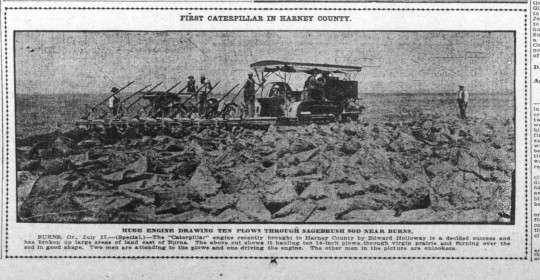
The Sunday Oregonian., August 03, 1913
#catepillar#vintage newspapers#oregon#eastern oregon#harneycounty#the great pnw#the old west#oregonoutback#pnw#oregon outback#burns oregon#harney county#oregonian#the pacific northwest#the high desert#farming
3 notes
·
View notes
Text
i got tickets to see mother cain at THING festival in Carnation, WA♥️🦷
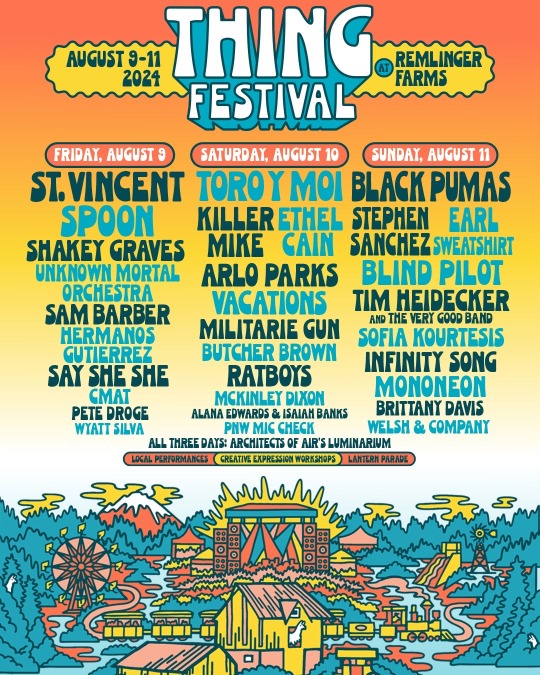
#i’ll probably be going alone unless i find an irl to go with me🥲#i missed her being here last august at day in day out fest so i’m so excited to see her for the first time!!#i’d honestly never heard of carnation washington before or a music festival on a farm so this will be a experience for sure#ethel cain#thing festival#seattle#washington#washington state#pacific northwest#pnw#i’m only going saturday so i’m bummed i won’t get to see st vincent but i will get to see arlo parks so that’s a bonus💜#i’m also excited to check out the other artists in the lineup i haven’t heard of cause they all sound pretty cool#i’ve only heard a little toro y moi and i liked it so i’ll have to listen to him more
2 notes
·
View notes
Text
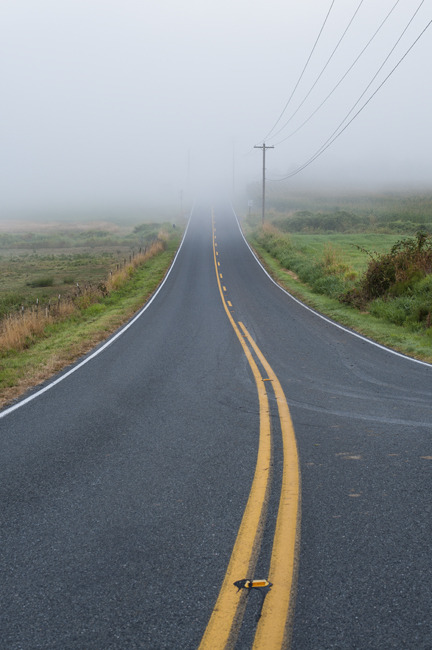
October 28, 2023
Snohomish County
#cjcorwinoriginal#photography#foggy morning#Pacific Northwest#deserted road#back roads#adventure#caution#farm country
6 notes
·
View notes
Text
Tulips in Skagit Valley, WA
Spring is a beautiful time of year, and there’s no better way to celebrate the season than by taking a trip to see the colorful tulip fields in Skagit Valley, Washington. Skagit Valley is located just north of Seattle and is home to the largest tulip fields in the United States, making it a popular destination for travelers from all over the world.
Getting to Skagit Valley from Seattle is easy,…
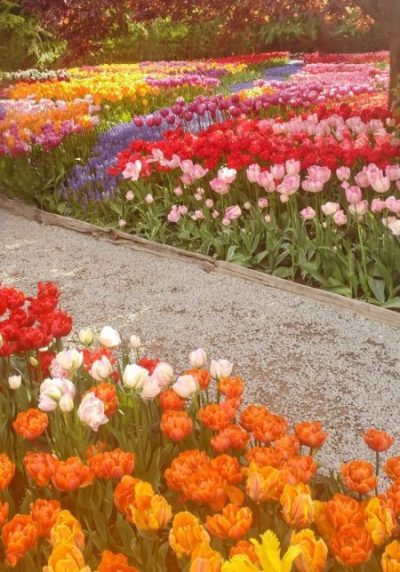
View On WordPress
#farm#flower farm#flowers#nature photography#Pacific Northwest#photography#pnw#road trip#Seattle#skagit valley#spring#spring flowers#tour#travel#tulip festival#tulips#Washington
5 notes
·
View notes
Text


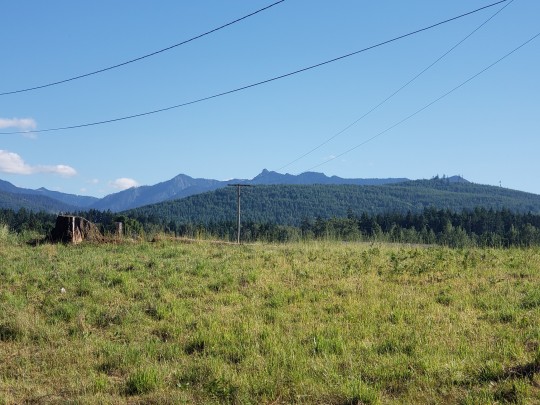

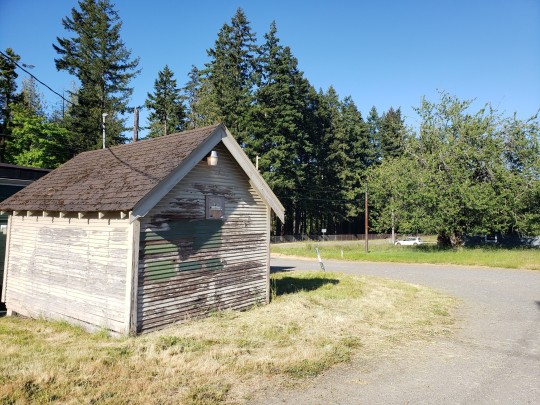
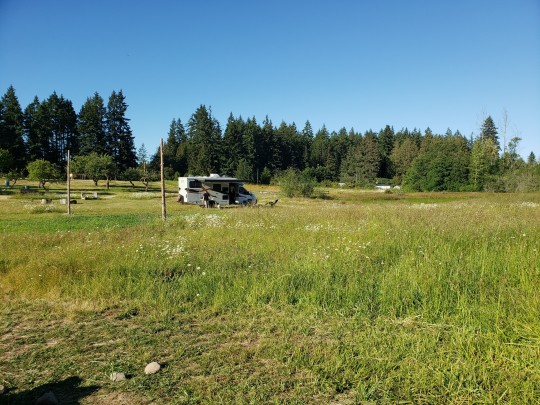


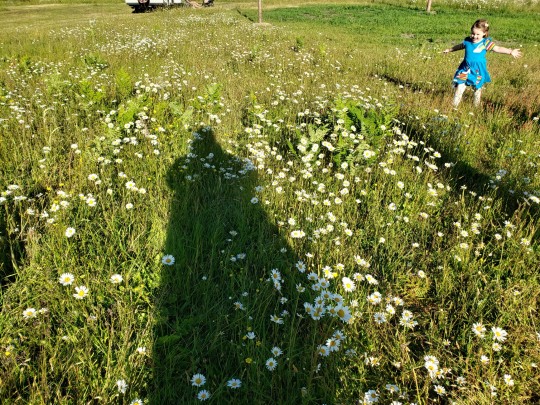

Went on an adventure today to the opening of a local farm ♡
#sisterland farm#pnw#pacific northwest#washington#washington state#port angeles#pnw photography#mountains#olympic mountains#hurricane ridge
3 notes
·
View notes
Text

#mine#outdoors#nature photography#horse#farm animals#washington#pacific northwest#pnw#photographers on tumblr
14 notes
·
View notes
Photo

#nature#nature photography#outdoors#summer#farm#homestead#trees#barn#rural#abandoned#abandoned places#willamette valley#oregon#pacific northwest#americana
10 notes
·
View notes
Text
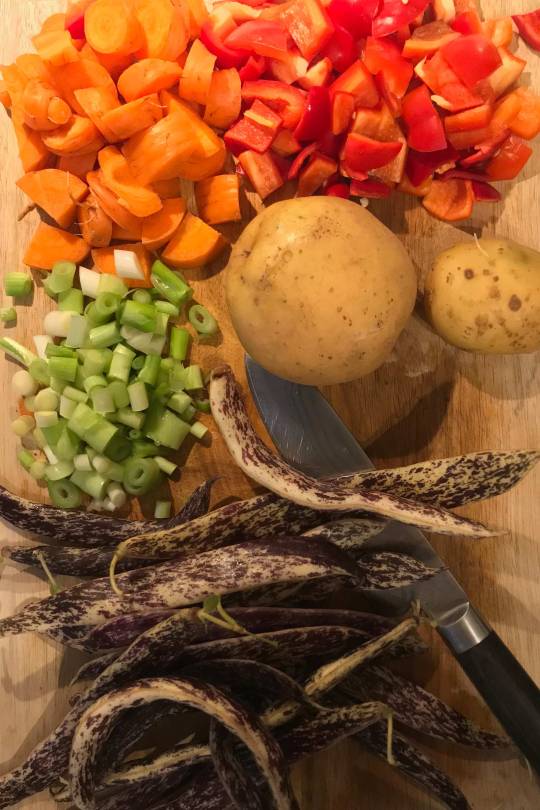
All home-grown. It's so satisfying to grow your own food. It doesn't just provide superior nourishment to the body, but nourishes mind and soul as well.
#pacific northwest#grow your own food#vegetable gardening#home-grown#farming#gardening#homesteading#washington homesteaders
7 notes
·
View notes
Text

Rural Washington
What do you think about my pic?
#Goldendale#Washington#pine#fir#travel#original photography#vacation#tourist attraction#landmark#landscape#countryside#Pacific Northwest#summer 2023#nature#photo of the day#What do you think about my pic?#USA#architecture#farm buildings#road trip#Klickitat County#fields
18 notes
·
View notes
Text
10.20.23
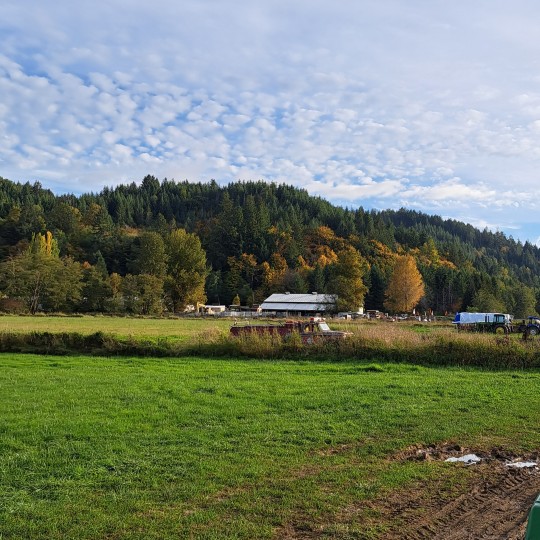
We took a drive out to Union, Wa to Hunter Farms to go to the Pumpkin Patch!! 🎃🎃
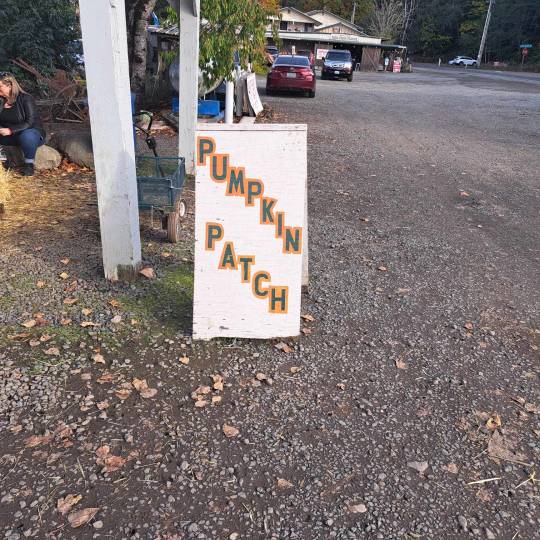
Pumpkin Patch.. this way 🚜🎃🐄
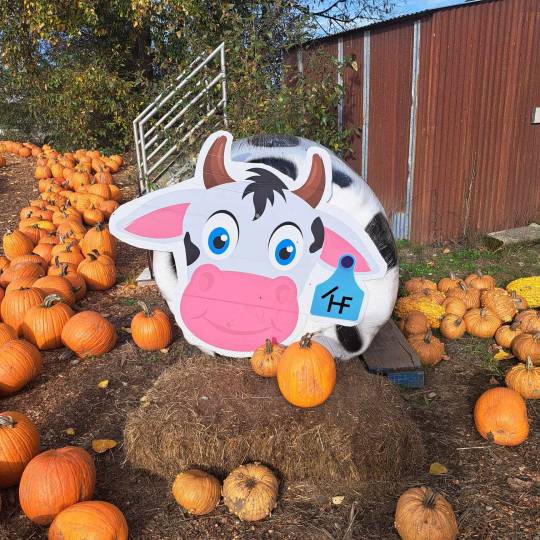

Look at the cute hay bale cover.. such a cute moo moo 😍🐄

On the way to the pumpkin patch..
On the bumpy tractor 🚜 ride

Our pumpkins we picked out this year, with the tiny one poking out for our Rat bois

Look at all the moo moos!!!!
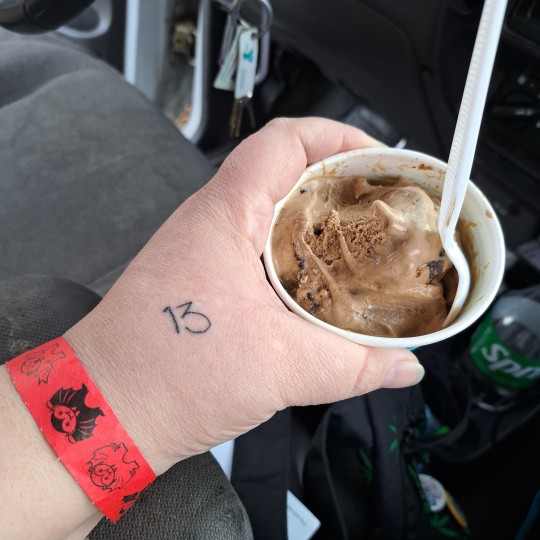
We stopped into the store to grab a scoop of ice cream before we left, we picked Chocolate Coffee Oreo Caramel.. it was yummy..
#pacific northwest#gay ftm#gay guy#october#union#local farmers#local food#homemade ice cream#pumpkin#pumpkin patch#autumn#fall season#cow#cows#tractor#farmlife#farm animals#date night#dating#ftmlm#i love him
1 note
·
View note
Text
ok this sounds insane but in 2018 i went to a few carnivorous plant talks at the botany conference in minnesota. i got caught up in conversation with one of the guys there who was a huge nepenthes guy who told me a story about another collector in the pacific northwest who'd been buying poached plants, like a huge amount, and eventually got staked out by the fish and wildlife service and arrested and had all his plants seized and went to prison for it. idk if i ever talked about this on this blog before-- i know i liveblogged a lot from that conference but cant remember what all i posted-- but ive avoided talking about it since then because i was never able to find like, news articles or anything covering it, but behold.... we now have proof it was real, and im like 80% sure this was this guy he was talking about. the raid happened in 2016 and they'd been staking them out since 2013. he had nearly 400 plants and had been sourcing many of them from poachers in indonesia and borneo.
remember folks: poaching happens with plants too! it's a huge problem not only in carnvirous plants (nepenthes especially, which this piece is dedicated to talking about) but also in native plant populations in the US, including native carnivorous plant populations (north and south carolina's venus fly traps, california's darlingtonia, and sarracenia from the east coast), native orchids (historically one of the most poached categories), desert plants/cacti/succulents, and slow-growing woody ornamentals (cycads, for example). never buy bare-root plants off ebay or facebook! your best bet is local nurseries (which usually purchase farm-raised plants that do well in a wide range of conditions, and as a result have a healthy population in the wild) or specialty greenhouses (more expensive, but at least in the case of carnivorous plants offer young plants bred from established adult plants in-house, raised in captivity).
#super sad piece fellas like this shit guts me i cant even stress it enough#stories about nepenthes poaching hit different#there are hundreds of species#some are really common and widespread all over indonesia/china/japan/oceania#and some are like. super hyperadapted to one specific ridge on one specific mountain#theyre still being recorded and stuff because theyve speciated so much#so youll have a plant that has like. a max of 15 adults in the population at any given time. literally a nightmare scenario#AND theyre diaceous (there are male plants and female plants). doesnt seem like a problem until you think about the population dynamics#there not only has to be two plants but the plants have to be a male and a female#and people living there have reason to take them. like the poacher interviewed in this article does it to supplement his income#from working at a horrifying rubber production ordeal to feed his wife and kids#and he says everyone in his village does the same for the same reasons#nightmare!! nightmare!! nightmare horrible nightmare world!!! horrible fucking nightmare!!!!#nepenethes#carnivorous plants#poaching#conservation
11K notes
·
View notes
Text
eating salmon: an explanation
lox: thin cuts of salmon (traditionally the fatty belly meat) dry cured with salt, but not smoked. this results in a delicate texture and a very salty taste. lox originated in Scandinavia as a method of preserving fish prior to refrigeration, but the American English word is derived from Yiddish because Jewish delis in New York first popularized it as a bagel topping. since lox is a type of uncooked fish, it is not recommended for pregnant people, immunocompromised people, or seniors, due to the risk of contamination with listeria.
cold-smoked salmon: thin cuts of salmon brined (with less salt than lox) and then smoked below 90 degrees Fahrenheit. results in the same silky texture but a milder, more palatable taste. often called "Nova lox", referring to Nova Scotia but denoting a method of preparation rather than the fish's origin. this is usually what modern Americans are referring to when they use the term "lox". cold-smoking reduces but does not eliminate the risk of listeria.
hot-smoked salmon: salmon brined quickly and then smoked above 120 degrees Fahrenheit. results in a flaky, jerky-liked texture, a hard shiny surface, and a smoky flavor. (as a West-coaster, this is my preferred style!) hot-smoking eliminates listeria during the cooking process, but salmon can be recontaminated during the processing/packaging process if the facility is not sanitary. (really, this is true of all foods- vegetables, dairy products, etc).
salmon candy: a traditional Pacific Northwest hot-smoked salmon recipe where the brine is sweetened with brown sugar, and the smoked fish is glazed with a sauce containing birch or maple syrup.
salmon jerky: cured salmon hot-smoked for longer than usual or processed in a dehydrator until it is tough and chewy.
gravlax: a traditional Scandinavian raw salmon recipe where the brine contains sugar and dill. historically buried in the ground and lightly fermented. sometimes it is still pressed to give it a dense texture.
kippered salmon: thicker cuts of brined salmon hot-smoked above 150 degrees Fahrenheit. results in a texture similar to baked salmon.
salmon sushi/sashimi: completely raw fresh salmon. this didn't exist in traditional Japanese cuisine, where salmon was always cooked, possibly because the local wild salmon had a high burden of parasitic worms (anasakis nematodes). Norwegian fish sellers convinced them to try farmed Atlantic salmon raw in the 80s, and it really took off.
poached salmon: salmon cooked on the stove while submerged in liquid (often white wine with lemon). results in a moist, soft, cooked fish with a pale color. can be bland without sauce.
baked salmon: salmon cooked in an oven, often wrapped in aluminum foil with seasonings to retain moisture and flavor. can result in perfect, flaky fish (as long as you don't overcook it).
dishwasher salmon: look, sometimes white people wrap salmon in aluminum foil like they're going to bake it and then poach it in their dishwasher instead. this can work but is stupid because the temperature dishwashers run at isn't standardized, so you have control over the process and it's easy to over or undercook.
pan-fried salmon: salmon cooked in oil on a stovetop. I've never done this and frankly it sounds wrong, but I bet it makes the skin crunchy.
broiled salmon: salmon cooked under a broiler. as with all broiled foods, you will have to stare at it the whole time or it will burn to a crisp while your back is turned. results in a caramelized exterior.
grilled salmon: to grill salmon people often put it on a Western redcedar plank pre-soaked in water, which supposedly infuses the salmon with a smoky, aromatic flavor while it cooks. I've seen the technique variously credited to the Haida, the Salish, and the Chinook. it seems to be a modern variation of the traditional "salmon on a stick" style of slow-cooking salmon by spearing it on branches and leaning it over the coals of an above-ground pit fire.
deep-fried salmon: this sounds absolutely awful but I simply cannot stop thinking about it
459 notes
·
View notes
Text
Seed Sources
I updated the sources list for 2024! Here is the Google Docs link for sharing off Tumblr. A lot of my gardening guides are written with the Pacific Northwest in mind, but this should useful for most folks on Turtle Island. For people elsewhere I'm not 100% sure how many of these are able to ship off-continent but it's worth checking out!
EDIT: I have found out the hard way that indented bullets do not work on Tumblr for web browser so I have tried my best to make them visually distinct. The Google Doc is formatted properly though.
General/Big Brand Seed Shops
Burpee Seeds
Ed Hume Seeds
Johnny’s Seeds
Renee’s Garden
Territorial Seed
Independent online fruit and veggie shops
(More exotics and rare cultivars)
Adaptive Seeds
Breeds plants specifically to adapt them to the Pacific Northwest
Alliance of Native Seedkeepers
Indigenous-owned seed company
Experimental Farm Network
A network of plant breeders with an extensive collection of unusual cultivars and species of edible plant that don’t commonly appear elsewhere.
Very reputable
Pro-Palestine
Fedco Seeds
Good on social justice issues and have awareness of white supremacy
Maui Seed Company
Lots of Hawaii-growing species, plus soaps!
Pricey
Smart Seeds Emporium
Some of the photos are enhanced stock photos which is a little annoying, but I have ordered from them
True Love Seeds
Works with Black and Indigenous populations to source seeds and does education projects regarding race and ethnicity
Contains unusual seeds from breeding projects
Pro-Palestine
Uprising Seeds
Pro-Palestine
Local to the Pacific Northwest
Succulents and Other Ornamentals
Mesa Garden
Smart Seeds Emporium
Lots of ornamentals in this shop as well as food plants
Germination can be inconsistent on some of their seeds
Avoid/Blacklist
Baker Heirloom Seeds
Take credit for seeds from other sellers, including Indigenous farmers.
Work with Cliven Bundy and upholds white supremacy
#plantblr#plants#resource#Remembered I had a seed sourcing list and figured I should update it for 2024 after making that post
129 notes
·
View notes
Note
I’ve been reading some craft books and online posts about the world building because my story is an urban fantasy set in present day US, in a fictional town, and theres not a secondary world where the fantasy happens, it’s all in the real world, except the magic is a secret that only certain people know about, but all of the resources I find about world building only talk about fantastical worlds that exist by themselves and not the kind of more subtle world building that I’d have to do. Do you have any tips?
Guide: Creating a Fictional Town in the Real World
Step 1 - Choose Your Location - There are two ways to go about choosing a location for your fictional town. One is to go the "Springfield U.S.A." route, ala The Simpsons, and be vague about the specific location (borough, parish, district, county, region, state, or province) and instead give a broader geographic region... "the East Coast," "the Pacific Northwest," "Central Canada," Northern Scotland," etc. The other option is to go ahead and put your fictional town in a specific location. Just figure out where (for example, somewhere outside of Des Moines, Iowa) and go to Google Maps, click on satellite view, then start zooming in on big empty areas. Choose a place big enough to fit a town. Yes, in reality it's probably farm fields, pasture, or someone's property, but that doesn't matter. You don't have to actually show it on a map. It's just a plausible spot to build your town. Now you can measure how far it is to other places, you know what highways to take to get to it. You can even do street view to get the lay of the land, see what the landscape looks like and try to envision the buildings there. You can also use what's there to create parks, popular recreational areas, and anything else your town needs.
Step 2 - Choose Your Inspiration - Even when you're creating a fictional town, it's still a good idea to use a real town (or two, or three) from that general area as inspiration for your town. For a fictional town in Des Moines, I would zoom in on the map to find a nearby town of similar size... like Elkhart, then I can take a look around to see what it's like. Just looking at the map, I can see they have a couple of churches, a couple baseball fields, a very small main street/downtown area with a couple shops and restaurants, a post office, a few different neighborhoods, and a cemetery. This would be a great model for a small fictional town outside of Des Moines. And, as I said, you could look at a couple other sand combine them. Once you have your inspiration town/s, you can walk around on Google Maps street view, go to the town's web site, watch a tour on YouTube (if one exists), or look up pictures in Google Image search.
Step 3 - Start Planning - This is the really fun part! First, you might want to draw a basic map of your fictional town using your inspiration town/s as a guide. This doesn't have to be a pretty map... just a basic line drawing to help you envision where everything is. Think about some of the basic things this town might have, like the ones I listed in step two, and any other things you might want your town to have, like maybe a library, a hospital, a city hall, school, and maybe a movie theater. It might even be helpful and fun to put together a collage of pictures to represent your town so you've got something in mind as you write about it. You can even choose representatives for specific locations in your story, like your MC's house, school, and their favorite hangout.
Step 4 - Naming Your Town - Start by looking at the kinds of town names that surround your town. Look for common naming conventions... suffixes like -ton, -ville, -dale, -burg, -wood, -field, etc. Words in a particular language, like a lot of French-inspired town names, or towns with geographical terms (lake, hill, valley, river, canyon, gap, etc.) My guide to Naming Locations has additional tips.
Step 5 - Populate Your Town and Give it a History - Last but not least, make up a little history for your town, again, using surrounding towns as inspiration. Who founded it? When was it founded? What's the town's main industry? What are the people like in this town? What jobs do they have? What do they do for fun?
Here are some other posts that might help:
Five Things to Help You Describe Fictional Locations
Setting Your Story in an Unfamiliar Place
WQA’s Guide to Internet Research
Happy writing!
•••••••••••••••••••••••••••••••••
I’ve been writing seriously for over 30 years and love to share what I’ve learned. Have a writing question? My inbox is always open!
♦ Questions that violate my ask policies will be deleted!
♦ Please see my master list of top posts before asking
♦ Learn more about WQA here
87 notes
·
View notes